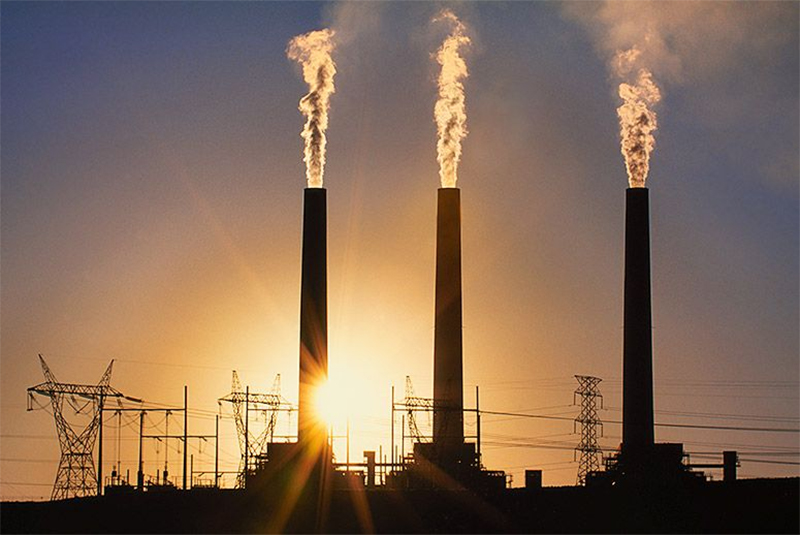
Source: Enverus Drillinginfo, RigData RADAR, October 10, 2019
Bob Williams, Director of Content, Enverus Drillinginfo
There’s some cognitive dissonance amid the headlines lately. Sometimes it conjures up the seemingly infeasible, in which advocates virtually pin their hopes on a “black swan event.” Sometimes reality intrudes, often as a matter of economics as presented in the droll colloquialism, “There ain’t no such thing as a free lunch.”
But sometimes reality is caught up in a public tidal wave that threatens to overwhelm pragmatic choices, and it then becomes an irresistible force meeting an unmovable object.
This being a time for the US to cope with a political scene that is bizarrely volatile and divisive, we believe that it actually paves the way for a black swan event to become more likely than ever—and thus to become more disruptive to the accepted wisdom.
First, the status quo.
EIA report The EIA recently launched its latest International Energy Outlook, and the agency concluded that:
• Renewables will provide 49% of the world’s electricity by 2050—up from 28% in 2018.
• Of renewables’ share, 96% will come from hydro, wind, and solar energy sources. Wind and power will grow the fastest, and hydro the slowest.
• Resource availability, renewable policies, regional load growth, and declining technology costs drive EIA’s projected increase in electricity generation from solar technologies.
• Wind power’s declining capital costs are not as steep as those of solar technologies. Wind technology adoption has significant growth potential, however, because many wind resource areas around the world are not yet developed.
• Hydroelectricity was the predominant global renewable electricity generation source in 2018, but EIA expects relatively little growth in hydroelectric generation through 2050. Many of the best sites for hydropower plants have already been developed.
• But EIA projects fossil fuels together as providing the bulk of electricity generation for the foreseeable future.
• Carbon dioxide emissions will continue to grow from all three fossil fuels, making it exceedingly unlike the world will achieve its climate change goals. Despite a less carbon-intensive fuel mix, overall growth in energy consumption results in a continuing rise in emissions.
(continued below)
FREE TRIAL OFFER - 4 FREE ISSUES
Receive a free one month trial of RigData Rigs and Drilling Analytical Report (RADAR). Each week you'll receive the latest analysis of unconventional activities and trends in the upstream market. Operators are categorized by major shale plays and unconventional formations. Plus, you'll have analysis of the drilling contractors involved by play with details on utilization, footage and market share. Available in both pdf and Excel format.
Call 800-371-0083 or email CustomerService@RigData.com
Mention code 7HHONRPT
USGS report
The oil and gas industry has long touted natural gas as the bridge to a carbon-free energy future— primarily as a substitute for coal in electricity generation. That’s why it comes as welcome news that a recent US Geological Survey’s revised assessment of the Marcellus Shale and Point Pleasant-Utica Shale formations of the Appalachian Basin that they contain an estimated mean of 214 tcf of undiscovered, technically recoverable continuous resources of natural gas. That effectively doubled previous assessments of the size of the Appalachian gas resource. USGS assessments are for remaining resources and exclude known and produced oil and gas
One thing the new assessment accomplishes is to confer further reliability of the US gas resource as supportive of long-term LNG contracts. This further solidifies the role of natural gas as serving as that bridge to a carbonless future.
Targeting natural gas
And now for that irresistible force: Climate activists and their advocates, having previously welcomed natural gas as that bridge, now are targeting natural gas as something to be rejected. Some cities and states are moving to ban natural gas in new commercial and residential buildings. Berkeley, California, was the first US city to pass an ordinance banning gas systems in new commercial buildings. Others are expected to follow suit.
The oil and gas industry, in response, is quick to point out that coal’s loss of market share to natural gas in electric power markets—due to market forces—has been one of the biggest factors in reducing greenhouse gas emissions. But that may become disregarded with the extremely partisan nature of US politics today, as claims of “fake news” vs. “magical thinking” may leave facts and realism by the wayside.
REE TRIAL OFFER
Receive a free one month trial of Platts Land Rig Newsletter (4 issues). Each week you'll receive the latest analysis of unconventional activities and general trends in the upstream market. Operators are categorized by the major shale plays and unconventional formations where activity is occurring. Plus, you'll see the drilling contractors involved by play with details on utilization, footage and market share. (Available in pdf and Excel format.)
Call 800-371-0083 or email CustomerService.RigData@spglobal.com.
Mention code 7HHONRPT
FREE TRIAL OFFER
Receive a free one month trial of Platts Land Rig Newsletter (4 issues). Each week you'll receive the latest analysis of unconventional activities and general trends in the upstream market. Operators are categorized by the major shale plays and unconventional formations where activity is occurring. Plus, you'll see the drilling contractors involved by play with details on utilization, footage and market share. (Available in pdf and Excel format.)
Call 800-371-0083 or email CustomerService.RigData@spglobal.com.
Mention code 7HHONRPT
